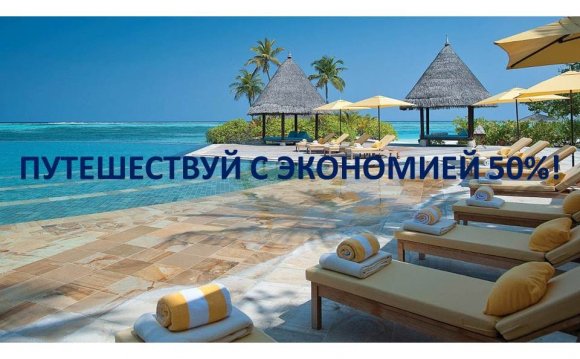
Cambodia ' S Own Journey Of Feedback
 Virtually everyone in Cambodia can be bought for one dollar -- motto, vegetables, fruit, souvenirs. Therefore, in the guidebooks, the kingdom often calls the country one dollar.
Virtually everyone in Cambodia can be bought for one dollar -- motto, vegetables, fruit, souvenirs. Therefore, in the guidebooks, the kingdom often calls the country one dollar.
Nature of Cambodia
The climate in the country is very hot and quite moisture, so travellers are constantly forced to search for the shadows and cooling of semi-temperature spaces. But the heat is compensated by the unusually painting beaches that are hit by white sand, emerald ocean and eternal green forests of mangrove trees. Several islands are located outside the ocean coast of the country, mostly uninhabited.
Particular attention is drawn The Tonlessal River, which forms the country ' s main natural heritage, a single lake. The river and lake phenomenon is that the water in them changes the current direction twice a year♪ There's an unusual boathouse on the lake where local swimming tribes live.
Exotic and diverse natures have enabled the Government to create many national parks and protected areas within the country where rare species of animals and plants, historical and architectural monuments can be found.
 Cambodia - what to watch
Cambodia - what to watch
Among the jungle, mangrove trees are the ancient city of Anguilla, which is the temple of the Khmer tribes. It is his desire to see all the travellers who are immediately affected by the size of the building, as well as the inability of the buildings. The city plan is exactly the same as the star map in the sky. The main function of Anguilla has therefore been to monitor the movement of stars and other astronomical phenomena for many centuries.
The capital of Cambodia, Phnom Penh, is also a mystery. Here, every building has traces of ancient Khmer culture and French colonial architecture. The hotels and hotels had until then maintained furniture belonging to once colonists.
In Phnom Penh, the biggest buildings are:
- Palace of the former royal dynasty;
- Silver Pagoda, with many Buddha statues;
- National Museum on the ancient history of the Khmer State;
- The genocidal museum on the rule of Paul Pot and his repressive regime.








